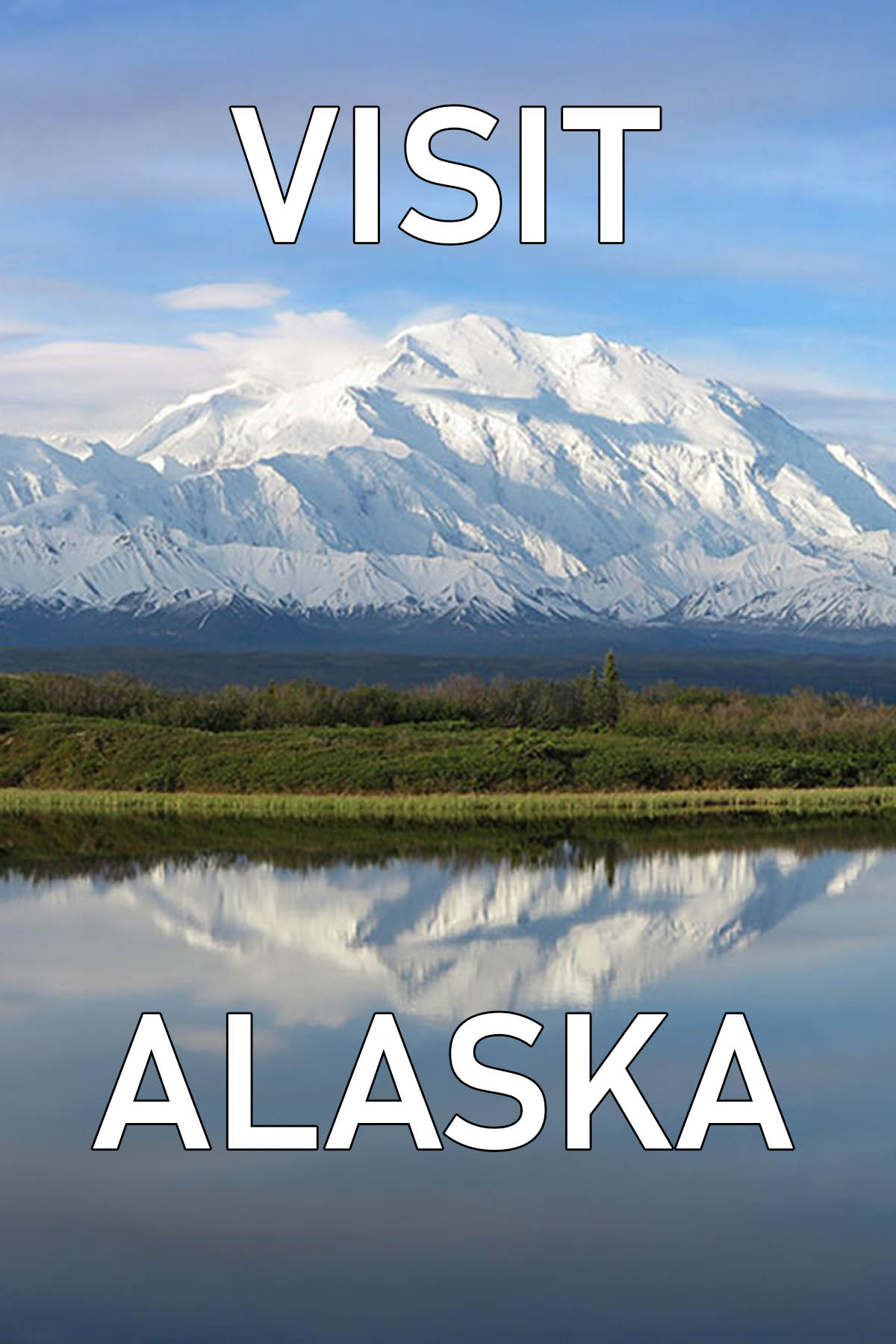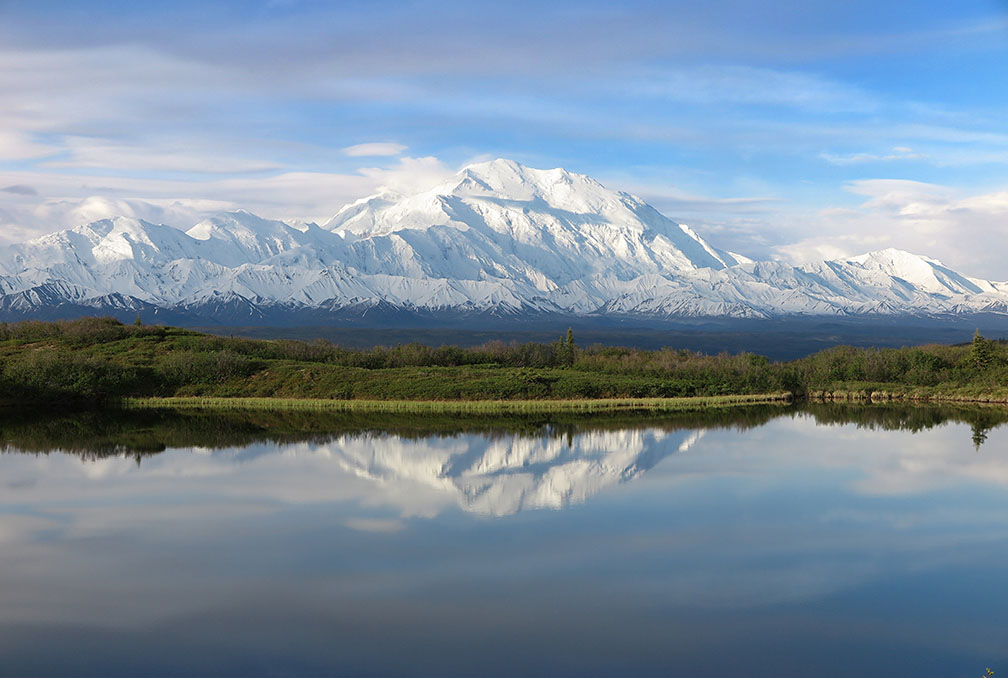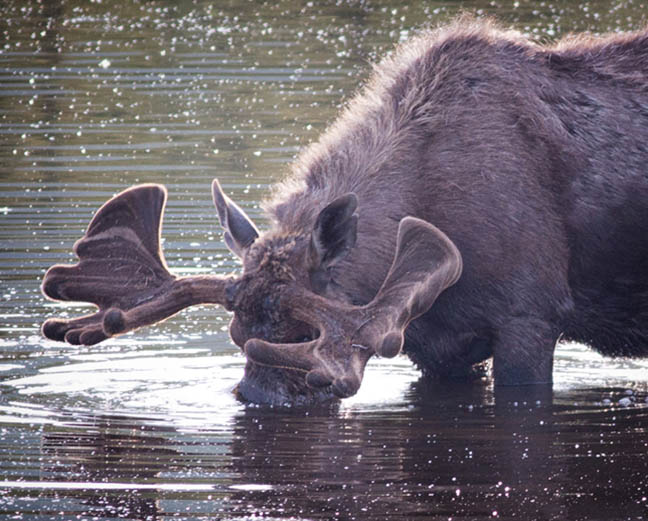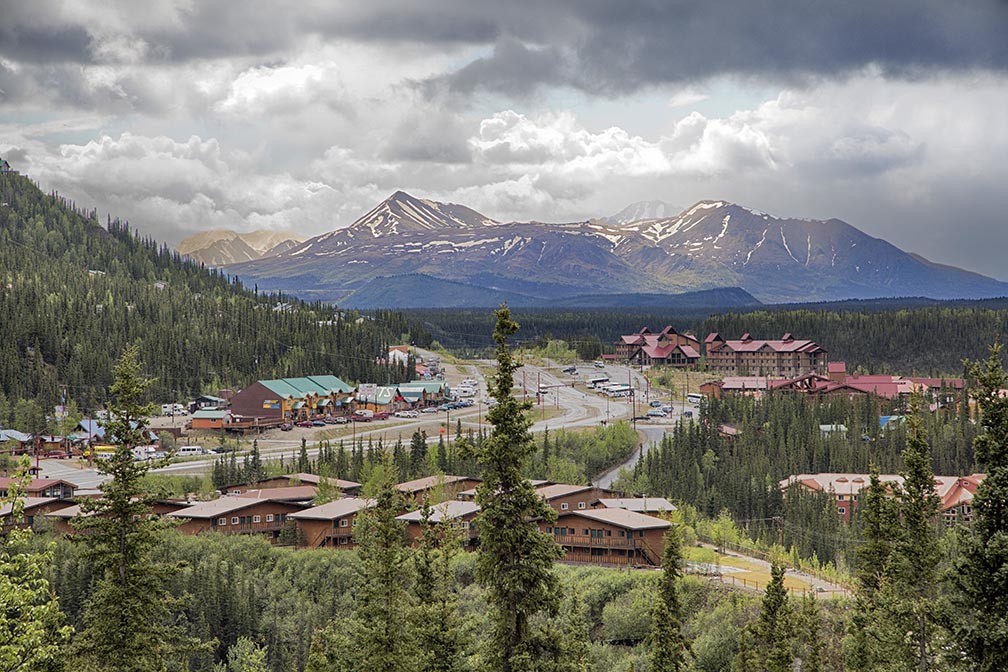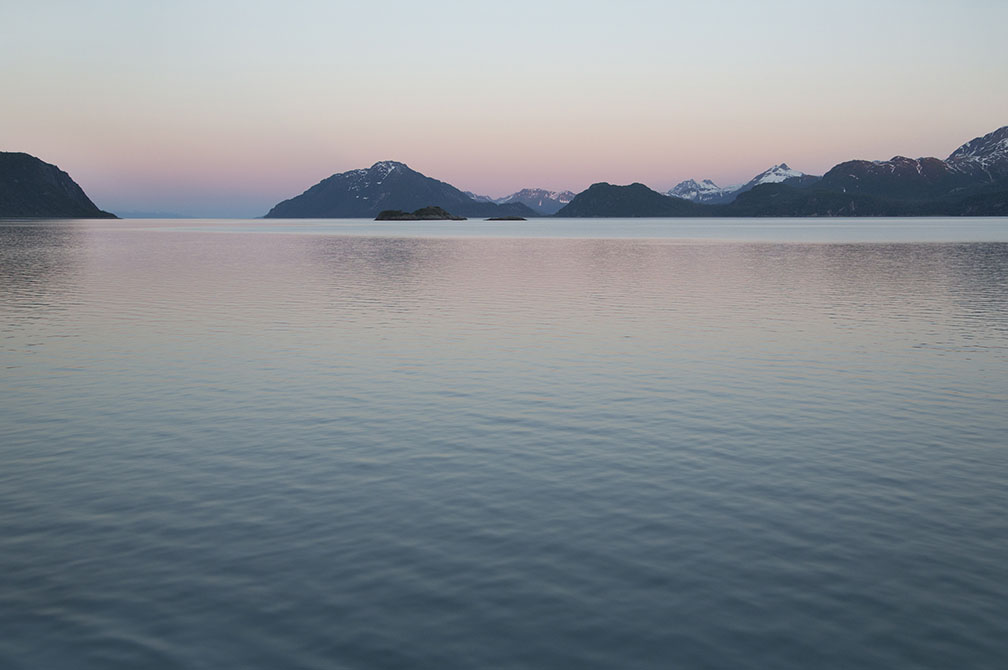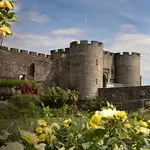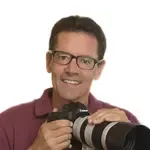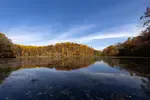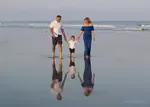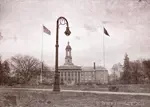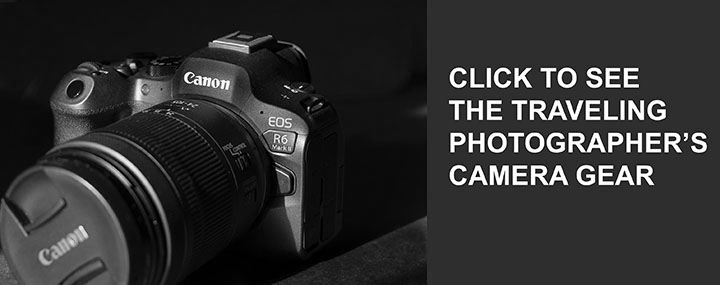Alaska travel photography Gear Guide
WRITTEN BY: BRUCE LOVELACE
UPDATED ON: January 20, 2025
You're trying to figure out what camera gear to take to Alaska. The size and weight of your equipment is limited when you travel, but you don't want to come up short in the quality of the photos you can take during your travels.
Unless you're upgrading from an existing consumer level or outdated camera I recommend you get an APS-C "crop" sensor camera to photograph Alaska, rather then a full frame sensor camera.
The pixel count on the newer crop cameras is really high and image quality coming from these smaller cameras is fantastic. The photo of the Alaskan mountain range above was taken with a compact advanced point-n-shoot camera with a 1 inch sensor. That sensor is only slightly smaller than an APS-C "crop" sensor.
During my first trip to photograph Alaska back in 2014, I took 3 cameras. I had two DSLRs, and that advanced point and shoot from Canon, a G1X Mark II. My main camera was a full frame sensor Canon 5D Mark III, and I had an APS-C crop sensor 70D as my emergency backup.
Nowadays I travel even lighter. With my most recent trip to Scotland, I went bare-bones, only taking a mirrorless APS-C Canon R7 and two lenses. Here's my post on Scotland Camera Gear I chose.
Best Camera For Alaska
The best camera to use to photograph Alaska is always the one you have with you. It's got to be able to be accessed quickly as soon as the photo op presents itself to you.
For instance, when we were bushwhacking through the dense rain forest in Southeast Alaska, I needed a camera that could be carried securely, protected from branches and rain,but easily accessed. I had a small DSLR and basic kit lens to keep it compact and fitting in my belly bag under my raincoat.
I recommend you get a Mirrorless Interchangeable Lens Camera, also know as a MILC. Make sure your camera and your lenses have weather sealing as protection against the "Alaskan Liquid Sunshine," also known as rain.
What Camera Lens To Take To Alaska
Getting a lens with the right focal length is the most important aspect when choosing a lens for photographing your travels in Alaska. Most lenses are fairly sharp, but you'll get the ultimate in quality image if you splurge on a professional lens. Most first-timers to Alaska want a general purpose zoom lens with at least a 5x or better zoom range.
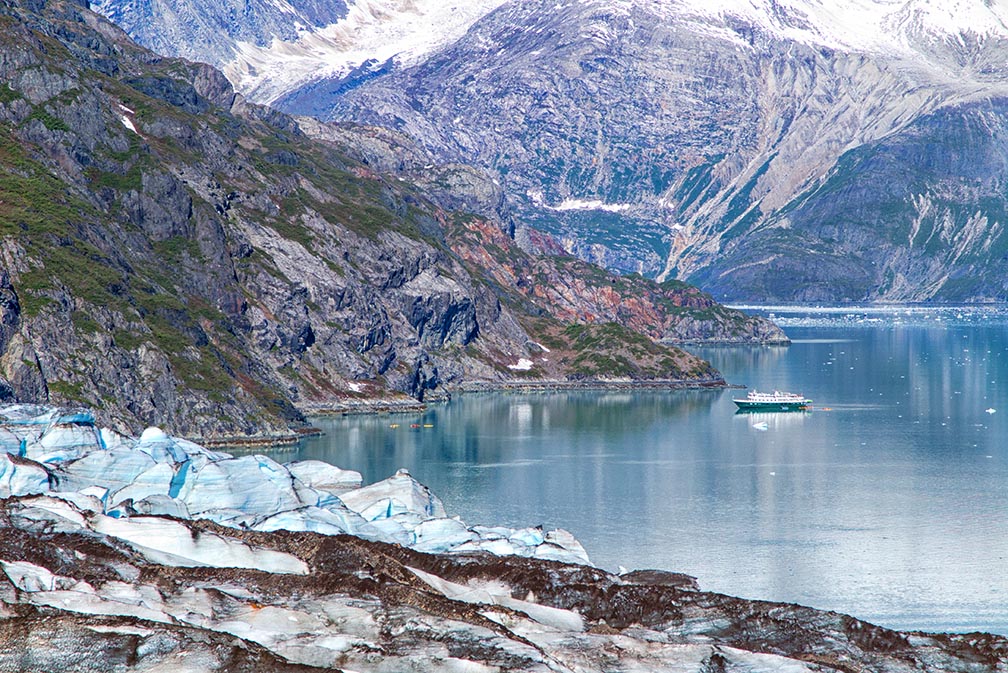 Lamplugh Glacier in foreground
Lamplugh Glacier in foregroundSmall cruise ship in distance
G1X Mark II camera at fully zoomed telephoto focal length.
Travel Lenses For Smaller Sensor Cameras
For crop sensor (APS-C) cameras look for a wide angle zoom lens with a focal range similar to the 10-18 or 11-22mm range for those epic landscape photos of the amazing countryside in Alaska.
Match that with a telephoto zoom such as a 55-250mm or a 28-300mm lens to get those long distant photos of wildlife and close-up detail shots of the environment.
Travel Lenses For Larger Sensor Cameras
If you're interested in shooting professional level quality, you'll want to go the added expense of getting yourself a full frame camera and matching lenses. For Nikon, the DX-format has the smaller sensor at 24x16mm. The larger full frame FX format sensor measures 36x24mm.
With Canon the larger lenses for the full frame format are labeled EF and the smaller "crop" sensor cameras take the smaller EF-S lenses.
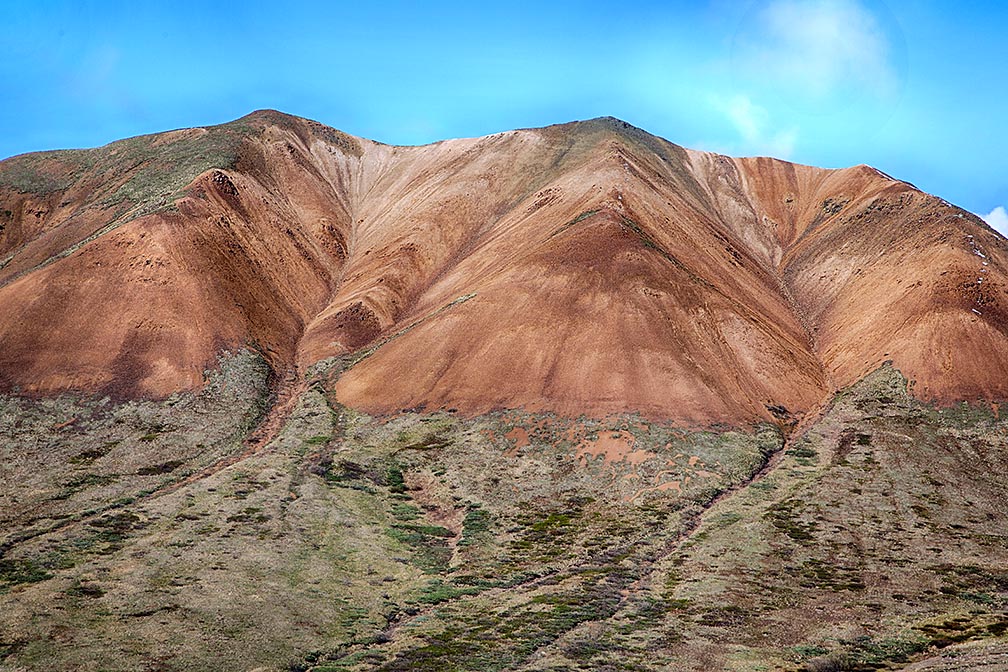 Alaskan Mountain foothills textures
Alaskan Mountain foothills texturesFull frame camera with 24-105mm lens zoomed to 102mm focal lenght
For full-frame cameras look for a wide angle zoom lens with a focal
range similar to the 16-35 or 24-105mm range for those wide scenic views of
the mountains, lakes, streams, and the countryside of Alaska. If your aim is to photograph long distance targets like the moose below, you'll need a longer lens.
Add a powerful telephoto lens like a 200-500mm, 100-400mm to photograph the wildlife, which is often positioned far away in the distance.
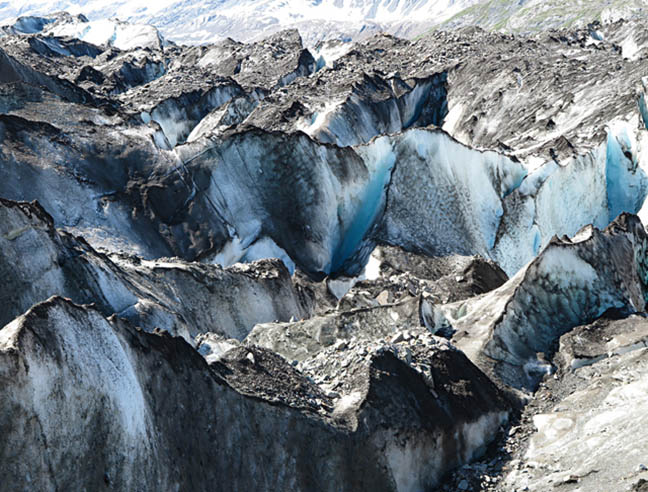 Lamplugh Glacier, Alaska
Lamplugh Glacier, AlaskaLens set to 30mm focal length
Glaciers make for great subjects to photograph when you travel to Alaska, just as they do for photography trips to Iceland. Zoom lenses give you the versatility of adjusting your photo's composition when you can't adjust your vantage point fopr eyeing up the shot.
Alaskan Photography Accessories
In addition to choosing the right camera and lens combination, you
need to know about a few other vital accessories that could come in very
hand in your travels. Although none of them are required, you might
consider including them as part of your gear to take along.
RAIN PROTECTION. Even if you have weather sealed camera bodies and lenses, you may need added protection for both you and your gear. Alaska is known for its rain, called "liquid sunshine" by tour guides.
TRAVEL TRIPOD. The Alaskan night sky is a great subject to photograph because of the reduced light pollution. Additionally, if you want to shoot any "selfies" where you're a part of the wide scenic beauty of Alaska, a tripod will come in handy. See my post on travel tripods.
POLARIZING FILTER. For enhance color saturation and reducing reflections, using a polarizing filter will make your Alaska photos more vibrant.
Check out the current prices below and buyer reviews of the gear you might need for your trip to Alaska on Amazon.
As an Amazon affiliate The Traveling Photographer receives a small commission from qualifying purchases, at NO added cost to you.
FAQ For Camera Gear For Alaska
Here are some answers to some frequently asked questions about photography in Alaska.
How do you photograph glaciers?
How do you photograph glaciers?
In order to get a good exposure when photographing a glacier, you should set your camera to overexpose by about 1/2 f/stop, then enhance the brightness and colors by adjusting the exposure and increasing the saturation using photo editing software afterwards.
How do you take good pictures in Alaska?
How do you take good pictures in Alaska?
To take good pictures in Alaska, you need a decent camera, a wide angle lens for shooting landscape photos and a strong telephoto lens for photographing distant wildlife.
What is a good camera for an Alaskan cruise?
What is a good camera for an Alaskan cruise?
An advanced point and shoot camera is the best choice for taking on an Alaskan cruise. It should have a decent sized sensor for good image quality and a pop-up flash for indoor boat photographs. It should have a wide angle lens setting for those scenic shots, a telephoto zoom setting for detail shots, and be small enough to take anywhere on the boat or along on any excursions you take when the cruise ship is docked.
The scene at dusk below was one of my favorites. It was taken around 11:00pm in June when the lighting is dim. I adjusted my ISO to 640, set my aperture to f/5, zoomed out to 35mm and got this exposure for 1/320 second.
I hope this post on camera gear helps you with your travels to Alaska and beyond. See the related posts below my bio information .

Bruce Lovelace is the publisher of TravelingPhotographer.com. Bruce shot portraits full time for over 35 years. Now he shoots more travel photography. Read more about him on the About Page. He also publishes how to articles and camera gear reviews at the Photography Tips and Canon Geek websites.
The Traveling Photographer Location on Google My Business
